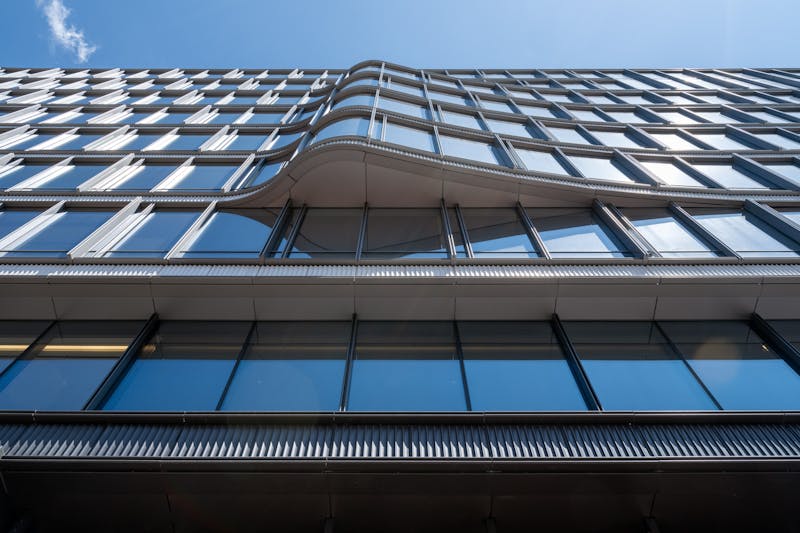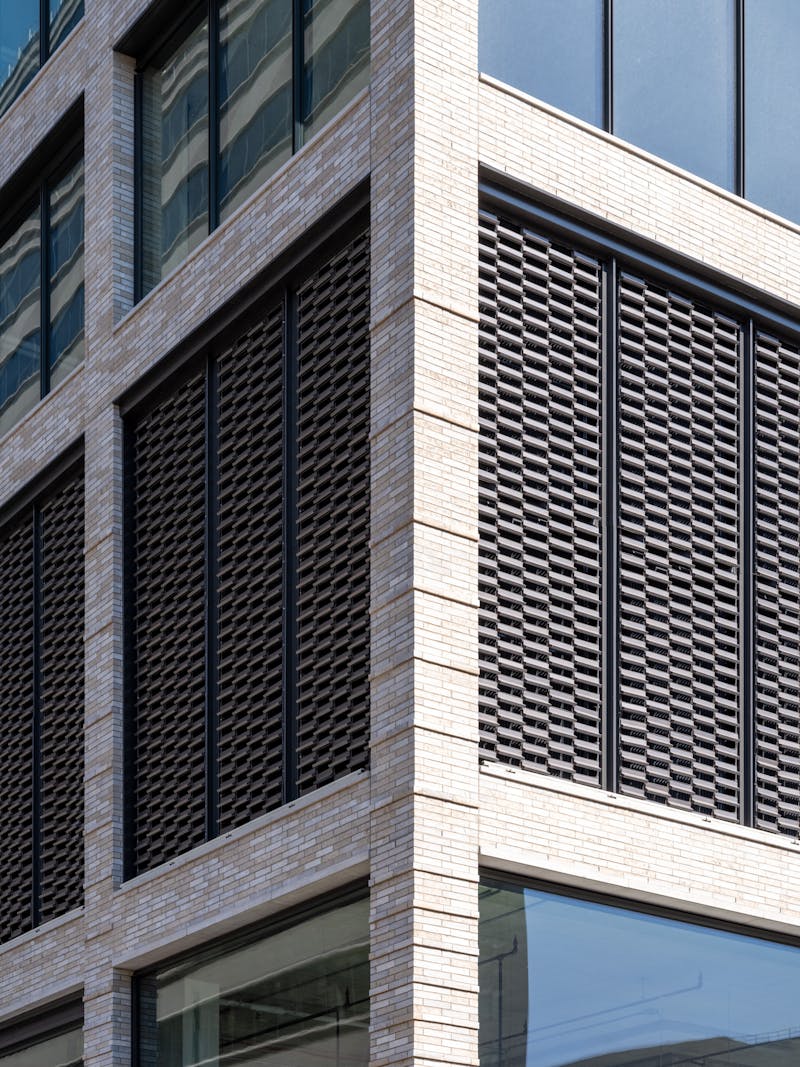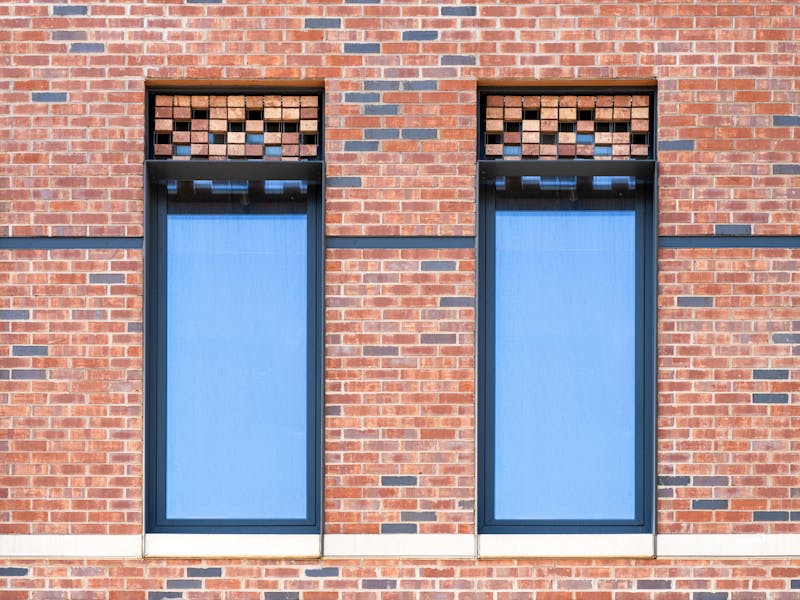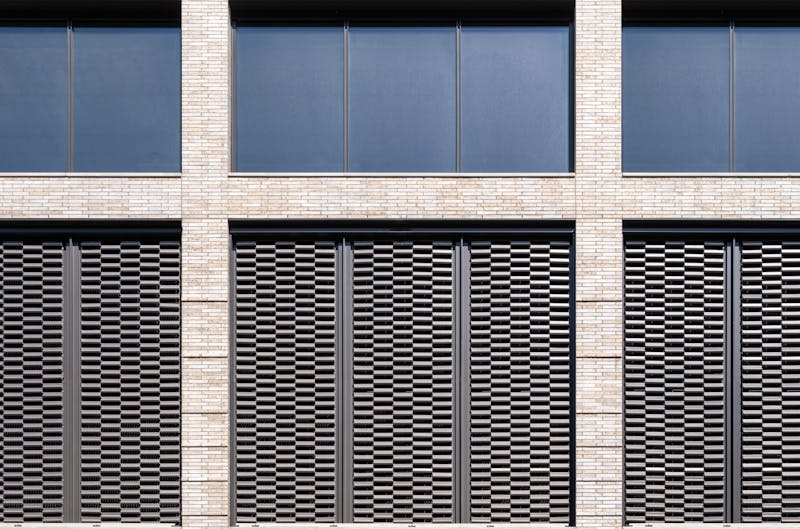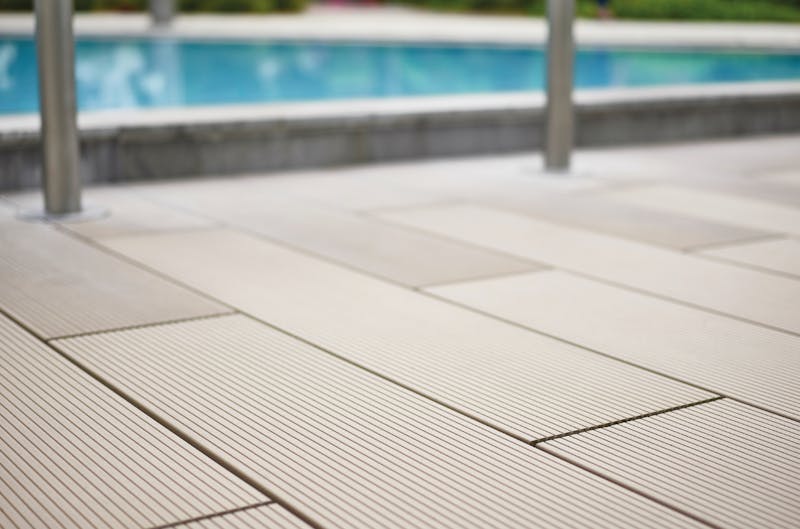How To Choose The Perfect Terracotta Facade For Your Building
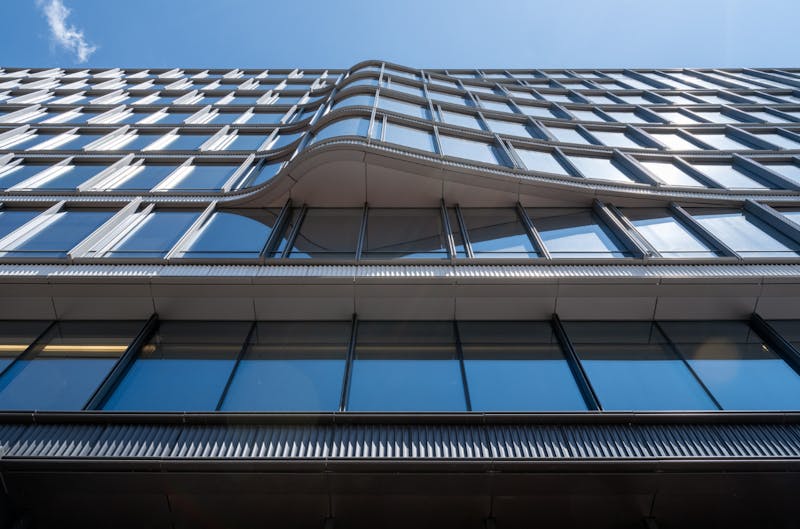
- Blog
- 08/22/2024
- Shildan Group
Blog post by Shildan Group
Introduction
As modern architecture continues to push boundaries, the building facades is no longer just a protective shell but a defining element that embodies the structure's character, sustainability, and connection to its surroundings. The choice of facade material is critical, influencing everything from the building's energy efficiency to its integration within the urban landscape. Among the vast array of materials at an architect's disposal, terracotta has gained prominence for its unique combination of durability, natural beauty, and ecological benefits.
Terracotta, a material with ancient roots, has been reimagined for contemporary architecture, offering a wide range of colors, finishes, and forms. Its ability to harmonize with both traditional and modern designs makes it a versatile option for facades, capable of creating striking visual statements or subtly blending into the environment. However, the process of selecting the perfect terracotta facade can be complex. Architects and designers must consider factors such as the project's aesthetic goals, climate conditions, structural requirements, and sustainability targets.
With countless options available in terms of size, shape, color, and glazing techniques, the decision-making process can feel overwhelming. This comprehensive guide is designed to help you navigate these choices, providing insights into the various types of terracotta facades, their benefits, and how to align them with your architectural vision. Whether you are aiming for a bold, modern facade or a timeless, classic appearance, this guide will equip you with the knowledge needed to select the ideal terracotta facade for your building.
Marygrove Early Education Center; Architect: Pelli Clarke & Partners | Photo: Sinziana Velicescu
555 Greenwich Street; Architect: COOKFOX Architects | Photo: Sinziana Velicescu
Marymount School; Architect: COOKFOX Architects | Photo: Sinziana Velicescu
60 Gansevoort; Architect: BKSK Architects | Photo: Sinziana Velicescu
Signal House; Architect: Gensler | Photo: Sinziana Velicescu
- Download Image
- Download Image
- Download Image

- Download Image
- Download Image

Understand The Architectural Language of Your Building
Choosing the perfect terracotta facade begins with a deep understanding of your building's inherent architectural language. This means comprehending its historical context, structural nuances, design intent, and the narratives it seeks to convey. Terracotta, with its rich historical backdrop and versatile applications, can be an integral element in reinforcing or redefining this language.
Every building tells a story. Whether it's a tale of modern minimalism, classic elegance, industrial robustness, or avant-garde eccentricity, the facade plays a critical role in narrating this story to the onlooker. The color, texture, pattern, and layout of terracotta tiles or panels can either accentuate or mute specific architectural elements, thereby guiding the observer's experience.
For instance, a building rooted in classical design might benefit from terracotta tiles that mimic traditional masonry patterns, adding an air of authenticity. Conversely, a modern structure might require sleek terracotta panels, creating a harmonious flow with its contemporary lines.
Factor In Environmental Considerations
One of the primary advantages of terracotta facades is their inherent eco-friendly properties. However, the exact type of terracotta facade can influence its environmental impact. For buildings in regions with high solar radiation, selecting terracotta panels that provide effective shading can reduce the building's overall heat intake. In contrast, for buildings in cooler, damp climates, facades with efficient water drainage can prevent moisture build-up and resultant structural issues.
Explore Surface Treatments and Finishes
Terracotta, by its nature, offers a wide spectrum of finishes and treatments. Glazed terracotta can give a polished, reflective appearance, making it ideal for contemporary structures seeking a touch of luxury. On the other hand, natural, unglazed terracotta exudes an earthy warmth, resonating with designs that aim to echo natural elements. Additionally, consider treatments that can enhance the facade's longevity, especially in areas prone to environmental wear and tear.
Evaluate Maintenance and Durability Needs
While terracotta is renowned for its durability, different facades come with varied maintenance needs. Some might require periodic cleaning to maintain their aesthetic appeal, while others might be more resilient to dirt and grime. It's crucial to understand the long-term maintenance needs of the facade you choose, ensuring it aligns with the resources you're willing to dedicate to upkeep.
Selecting the perfect terracotta facade for your building is a blend of aesthetic judgment and practical considerations. It's about marrying the architectural spirit of your structure with the tactile allure of terracotta. In doing so, you not only enhance the visual charm of your building but also invest in a sustainable future, marked by design choices that resonate with both nature and urban sophistication.
When pondering over the facades of buildings, remember that the right terracotta facade is the one that speaks to your building's unique identity. It's not just about aesthetics but also about ensuring a lasting structure that stands the test of time, weather, and evolving design sensibilities.

